Today it is a glorious anachronism, a 117-year-old poster child for preservation, a reminder of a time when Fort Worth straddled the turn of a century and stood with one cowboy boot planted firmly in the old West and one spatted oxford planted firmly in the new gentility.
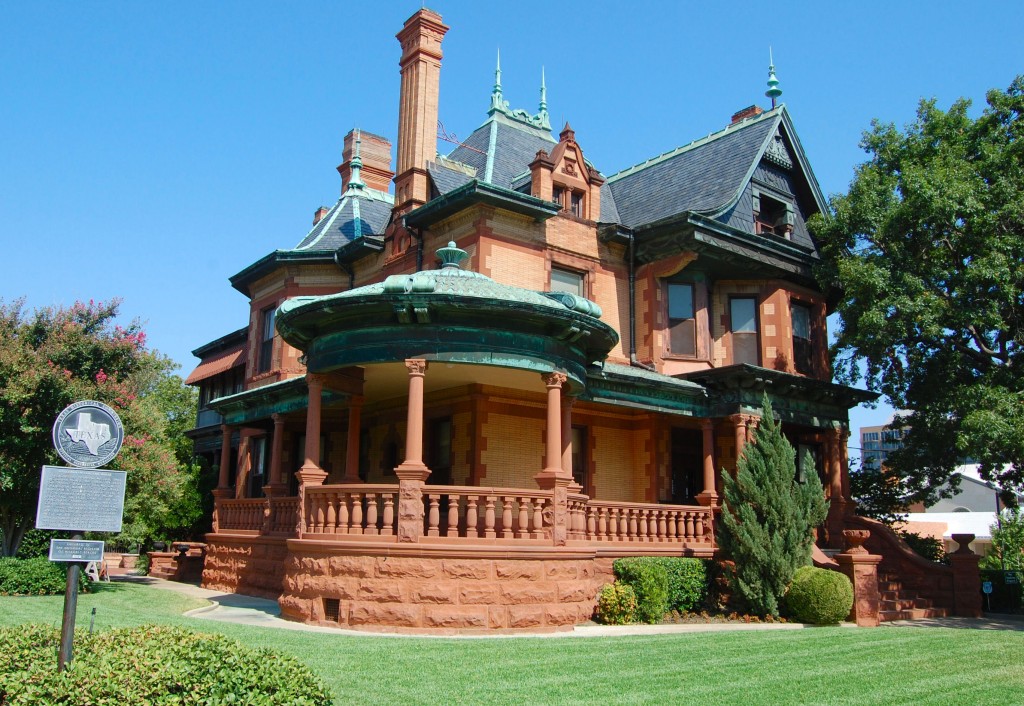 The Queen Anne Victorian house at 1110 Penn Street has a long name and a long history as a rare survivor on Fort Worth’s Quality Hill. In 1899 British-born architect Howard Messer designed the Ball-Eddleman-McFarland house for Sarah C. Ball, widow of Galveston banker George Ball, and her son Frank, a Fort Worth capitalist. Messer may also have designed the adjacent Pollock-Capps house (1899) for the physician of Mrs. Ball, Dr. Joseph Robert Pollock. Howard Messer and brother Arthur Albert Messer were early partners of Fort Worth’s uberarchitect, Marshall Sanguinet. Arthur Albert Messer designed the Spring Palace.
The Queen Anne Victorian house at 1110 Penn Street has a long name and a long history as a rare survivor on Fort Worth’s Quality Hill. In 1899 British-born architect Howard Messer designed the Ball-Eddleman-McFarland house for Sarah C. Ball, widow of Galveston banker George Ball, and her son Frank, a Fort Worth capitalist. Messer may also have designed the adjacent Pollock-Capps house (1899) for the physician of Mrs. Ball, Dr. Joseph Robert Pollock. Howard Messer and brother Arthur Albert Messer were early partners of Fort Worth’s uberarchitect, Marshall Sanguinet. Arthur Albert Messer designed the Spring Palace.
 From the 1899 city directory. (North Street is Lancaster Avenue today.)
From the 1899 city directory. (North Street is Lancaster Avenue today.)
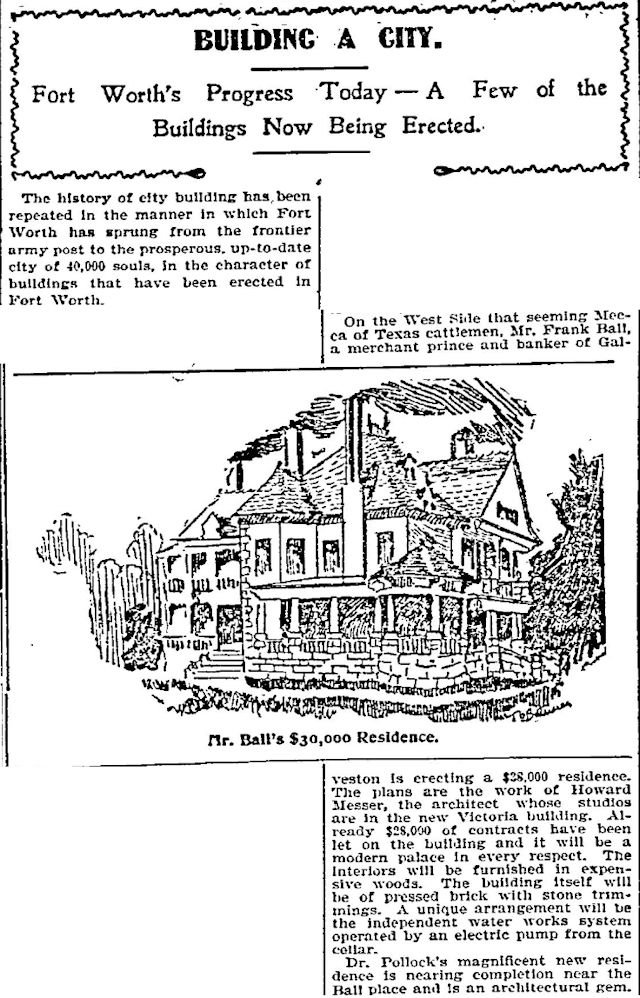 In a report on construction projects in the “city of 40,000 souls” on July 23, 1899 the Fort Worth Register included both “Mr. Ball’s $30,000 [$827,000 today] residence” and the neighboring Pollock house.
In a report on construction projects in the “city of 40,000 souls” on July 23, 1899 the Fort Worth Register included both “Mr. Ball’s $30,000 [$827,000 today] residence” and the neighboring Pollock house.
 But the “merchant prince” of Penn Street lived in his “beautiful home” only two years. Frank Ball died in 1901. Clip is from the December 28 Register. His mother died in 1904. Her neighbor and physician, Dr. Pollock, was one of her pallbearers.
But the “merchant prince” of Penn Street lived in his “beautiful home” only two years. Frank Ball died in 1901. Clip is from the December 28 Register. His mother died in 1904. Her neighbor and physician, Dr. Pollock, was one of her pallbearers.
Later owners of the house were William Harrison Eddleman (1850-1932) and Carrie Eddleman McFarland (1877-1978), Eddleman’s daughter.
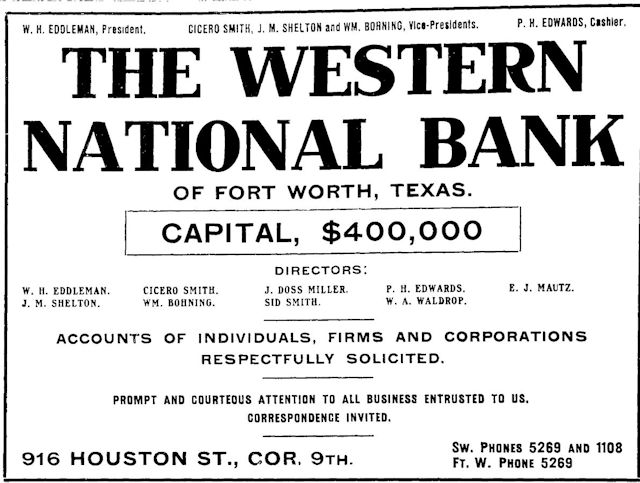 William Eddleman founded Western National Bank,
William Eddleman founded Western National Bank,
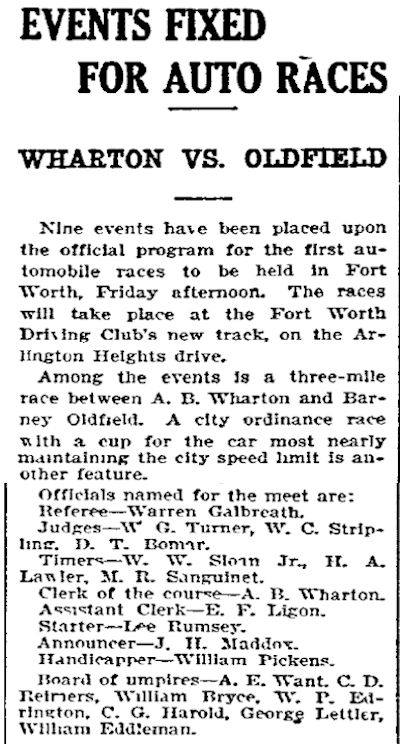 In 1906, as the auto craze revved up, Fort Worth auto enthusiasts organized a day of races at the driving park (located behind today’s Montgomery Ward building). Pioneer auto racer Barney Oldfield took part in the event, racing A. B. Wharton, owner of Fort Worth’s first auto livery company and husband of Electra Waggoner of Thistle Hill. (Thirty years later Barney Oldfield would appear at Fort Worth’s Frontier Centennial.)
In 1906, as the auto craze revved up, Fort Worth auto enthusiasts organized a day of races at the driving park (located behind today’s Montgomery Ward building). Pioneer auto racer Barney Oldfield took part in the event, racing A. B. Wharton, owner of Fort Worth’s first auto livery company and husband of Electra Waggoner of Thistle Hill. (Thirty years later Barney Oldfield would appear at Fort Worth’s Frontier Centennial.)
William Harrison Eddleman was one of the umpires for the races. Other race officials included architect Sanguinet, department store owner W. C. Stripling, future mayor William Bryce, and Police Chief James H. Maddox.
 In 1932 William Harrison Eddleman died in the house on Penn Street, which by then was owned by his daughter, Carrie Eddleman McFarland.
In 1932 William Harrison Eddleman died in the house on Penn Street, which by then was owned by his daughter, Carrie Eddleman McFarland.
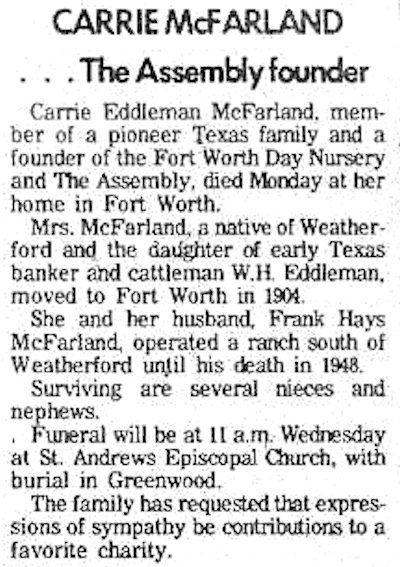 In 1978 Carrie Eddleman McFarland, like her father, died in the Penn Street house. Among her honorary pallbearers was Elliott Roosevelt III, great-grandson of Franklin D. Roosevelt. (The Cowtown-Roosevelt nexus was socialite Ruth Googins, who in 1933 had married Elliott I. The Googinses lived at 1101 Penn Street.)
In 1978 Carrie Eddleman McFarland, like her father, died in the Penn Street house. Among her honorary pallbearers was Elliott Roosevelt III, great-grandson of Franklin D. Roosevelt. (The Cowtown-Roosevelt nexus was socialite Ruth Googins, who in 1933 had married Elliott I. The Googinses lived at 1101 Penn Street.)
Some views of the Ball-Eddleman-McFarland house (now owned, like Thistle Hill, by Historic Fort Worth, Inc.):
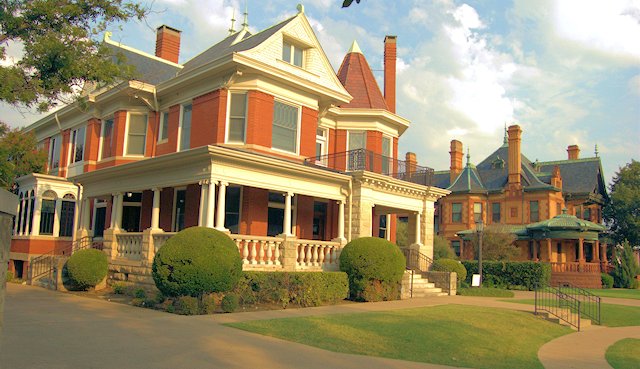 Sovereigns, sisters, survivors: the Pollock-Capps house and the Ball-Eddleman-McFarland house.
Sovereigns, sisters, survivors: the Pollock-Capps house and the Ball-Eddleman-McFarland house.
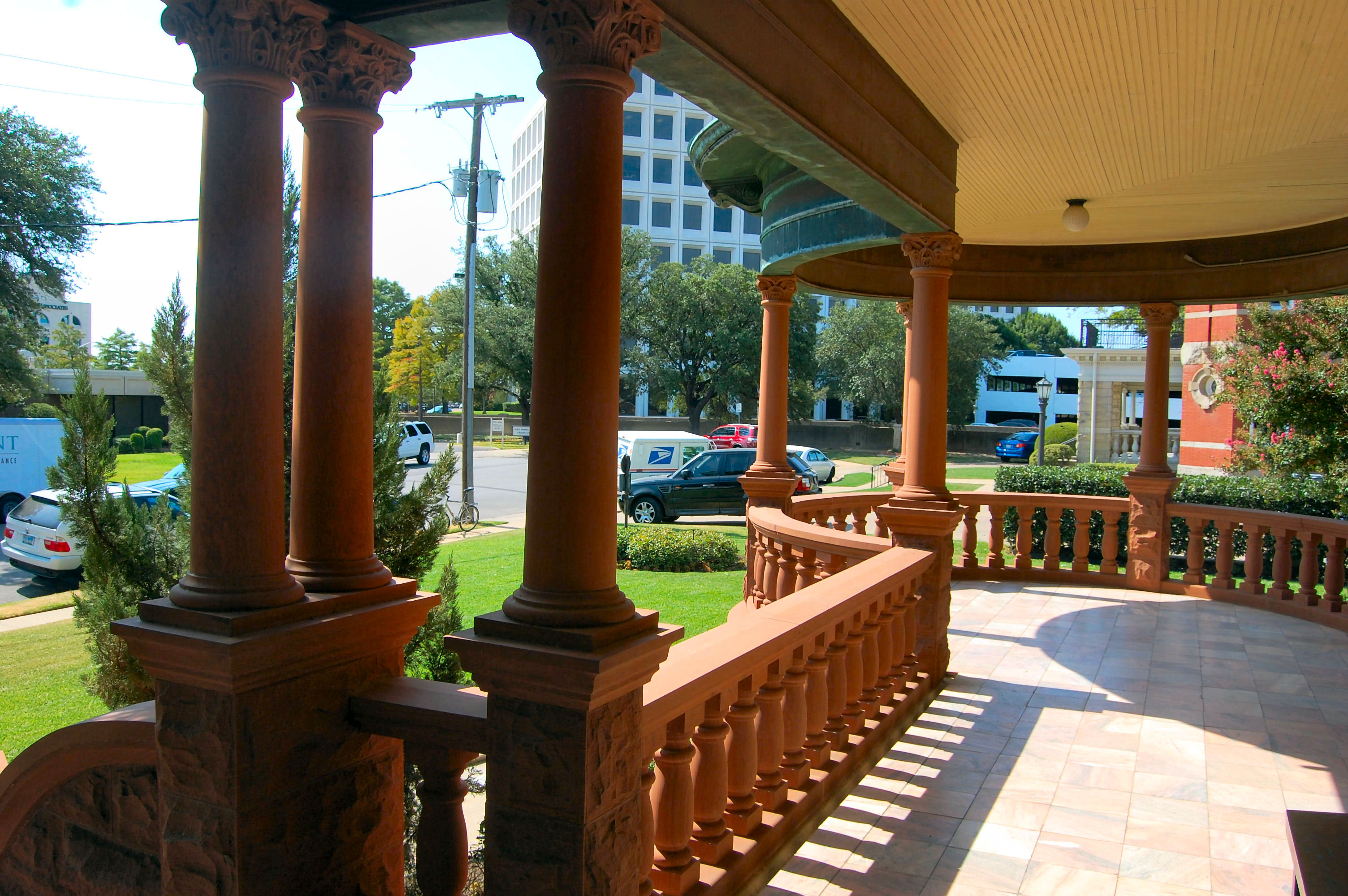
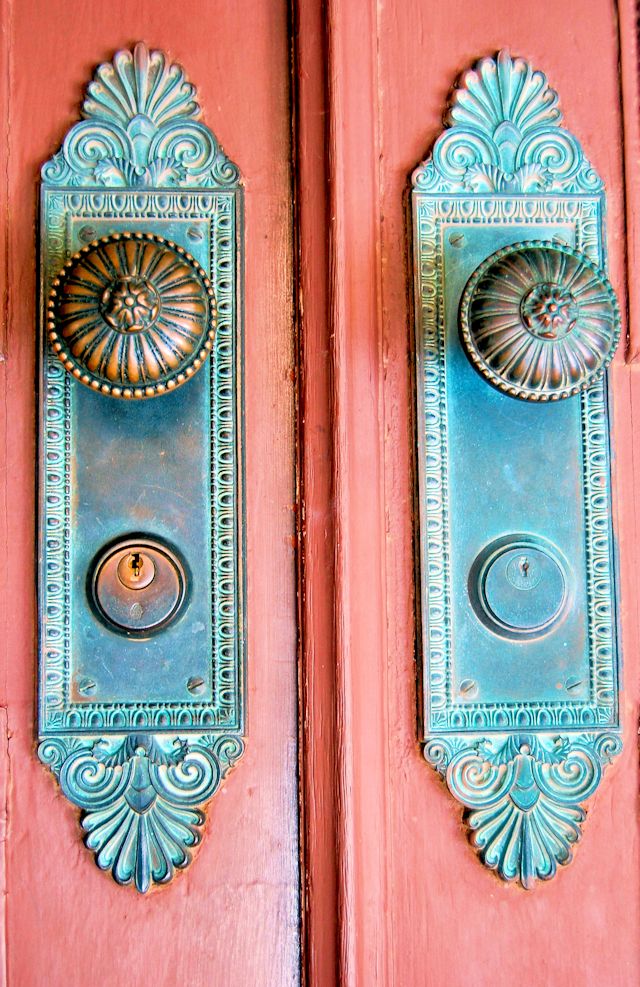
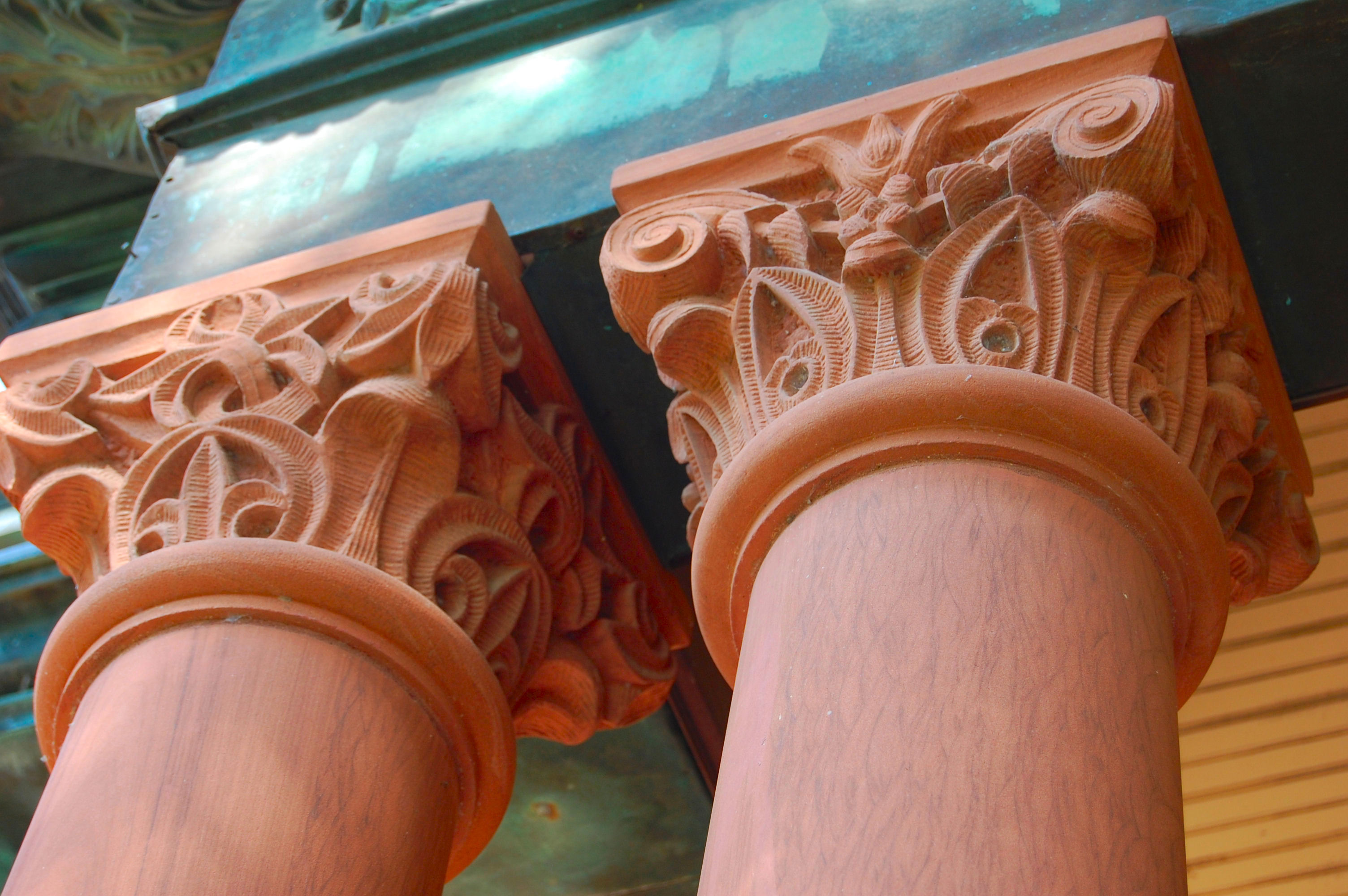
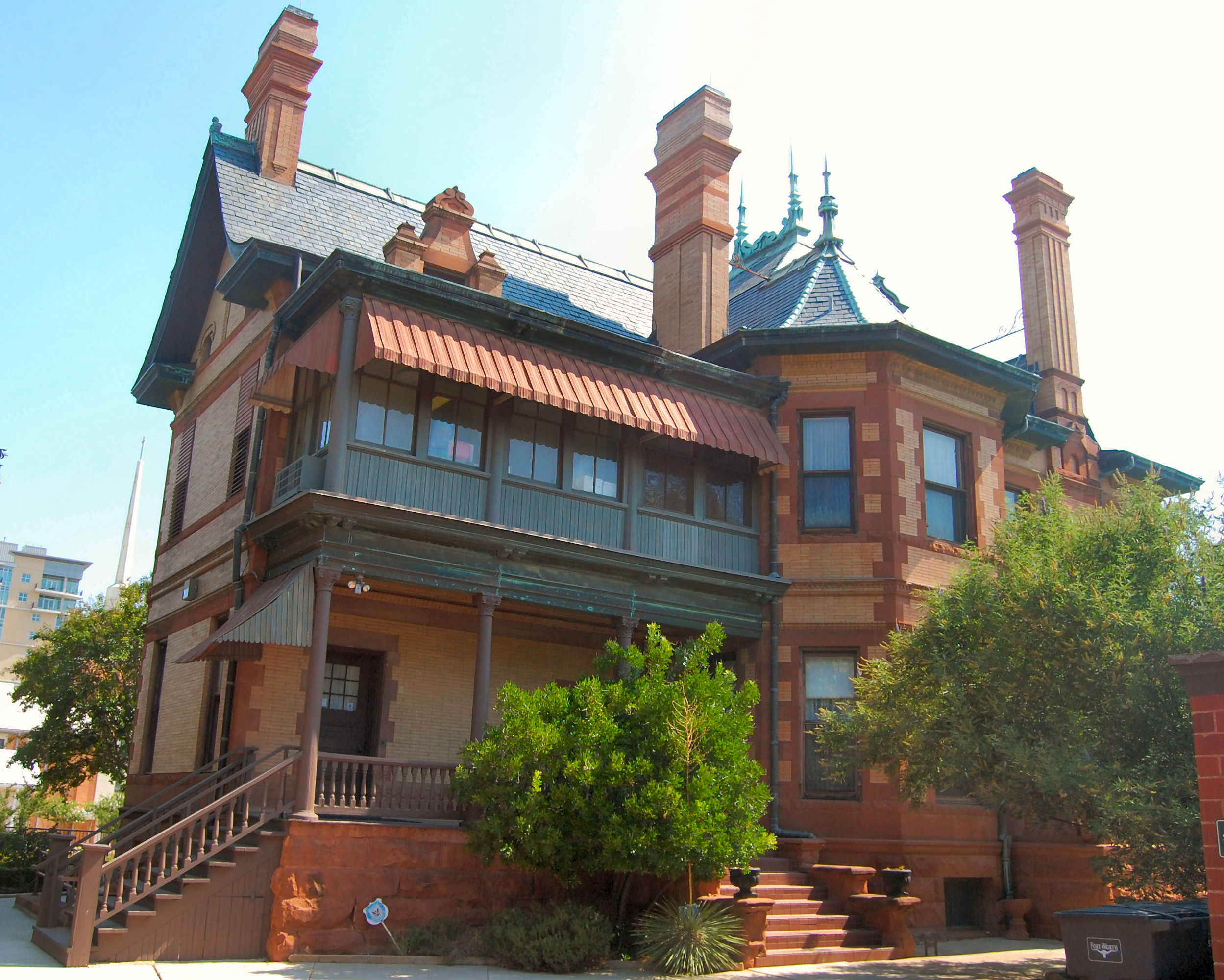
The exterior walls are twenty-two inches thick. The house is built of sandstone, Pennsylvania brick, and Georgia marble.
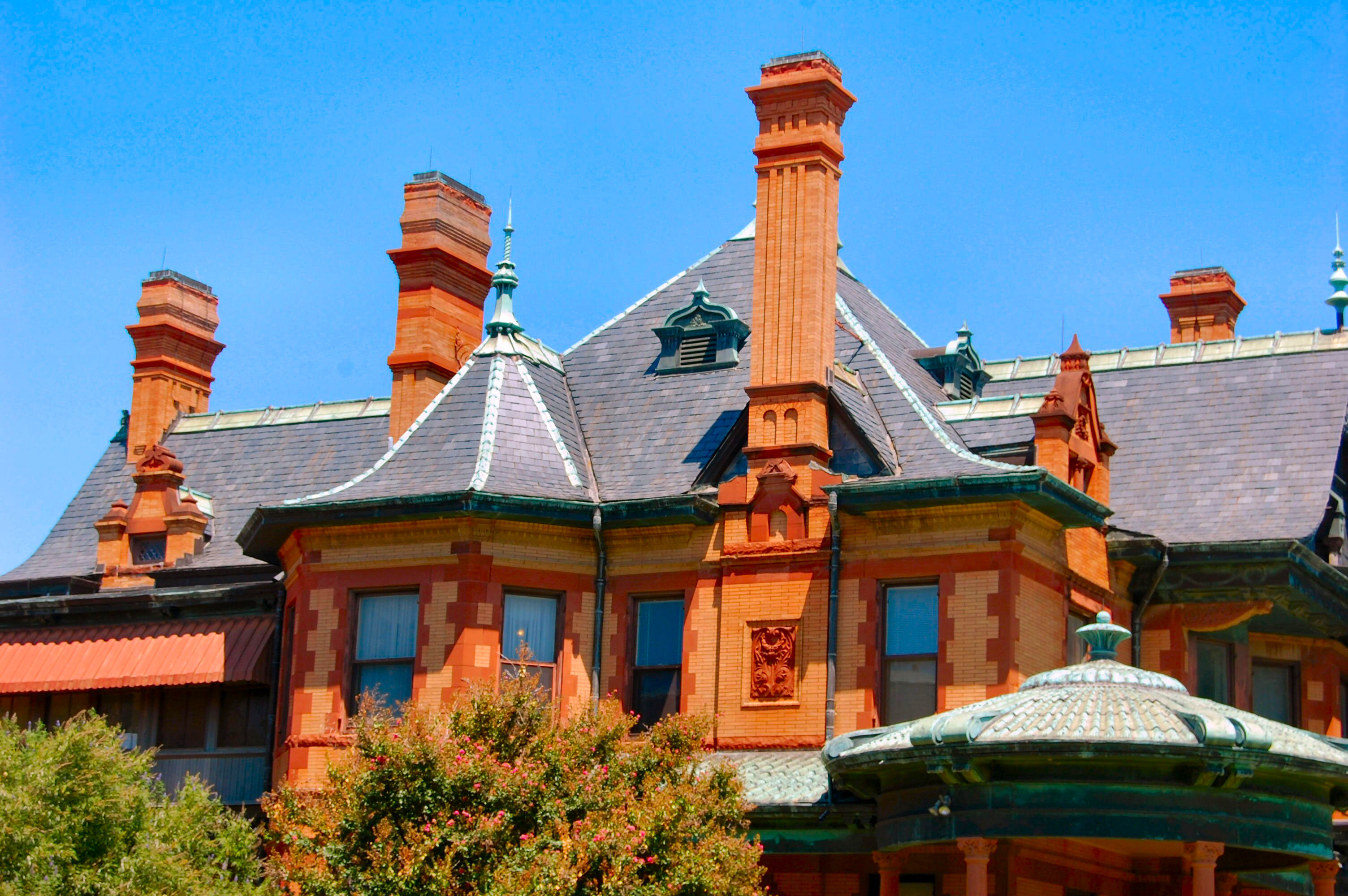
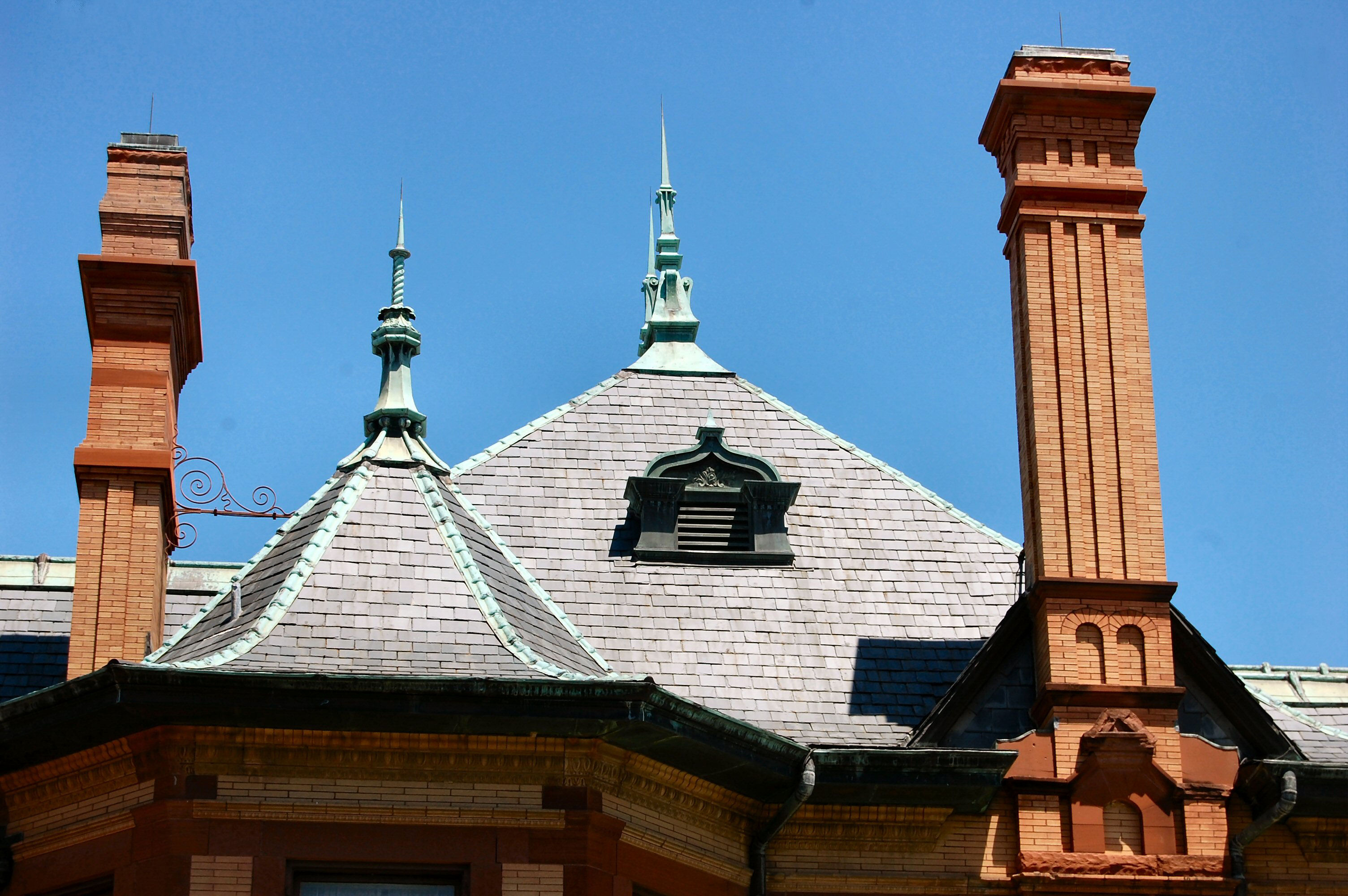
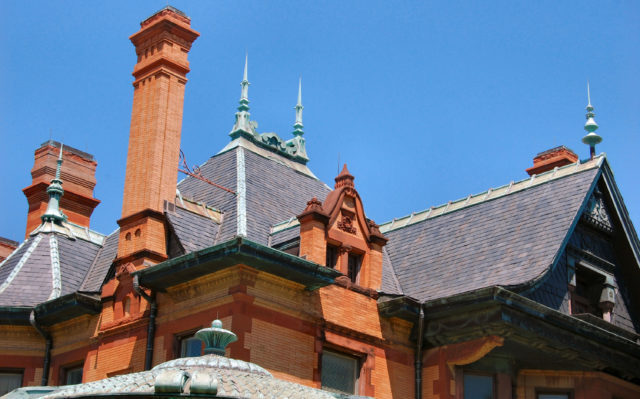

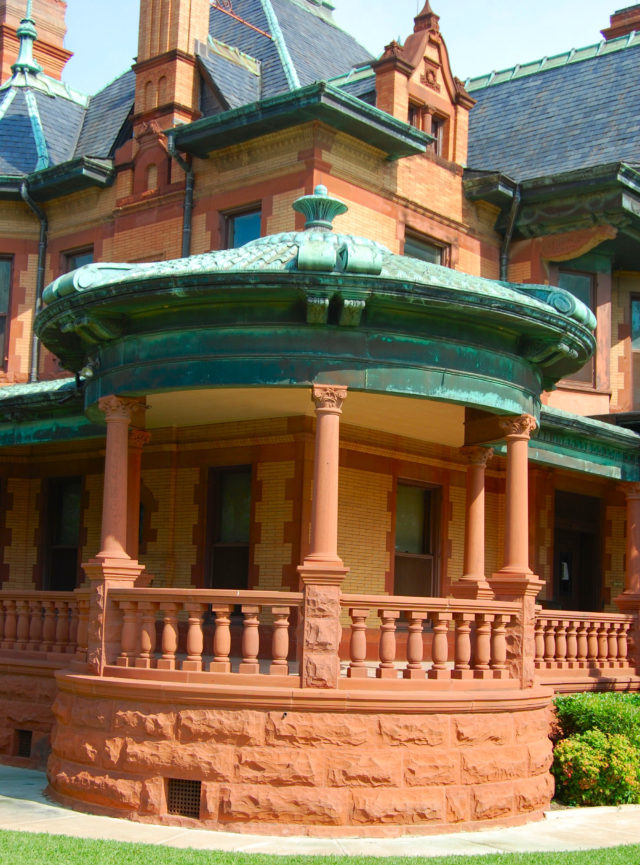
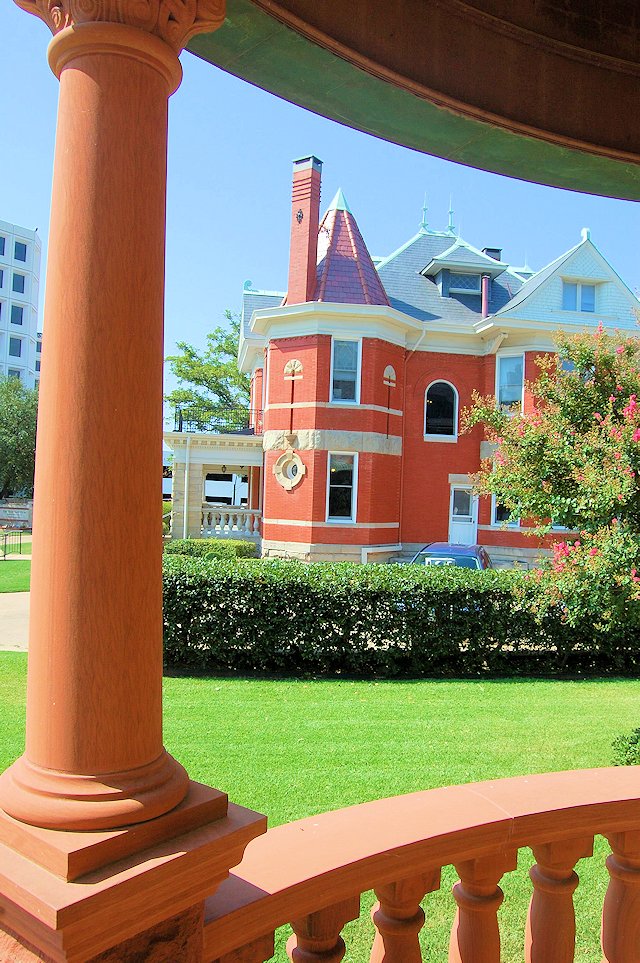 View of the Pollock-Capps house from the porch of the Ball-Eddleman-McFarland house.
View of the Pollock-Capps house from the porch of the Ball-Eddleman-McFarland house.






Great scans and gorgeous pix as usual, but the Eddleman obit hed drives me crazy. Any hyphenated centered text makes me see red, but this is the gentleman’s name, for crying out loud, and there’s tons of room to bump “in” to the next line. What were typesetters thinking back then–were they really that pressured for time?
The only thing worse is all cap script, but mercifully, that’s not common in your nice old scans.
Thanks, Sally and Ike. That’s one of the reasons why I love the old newspaper clips: They show us not only how our world has changed but also how the world of reporting our world has changed. By the time I was writing headlines in the 1970s we had so many rules that the job was very challenging. Today, of course, type is not physical and can be infinitely manipulated, which is very handy, especially if a 24-point head won’t fit but a 23.9-point head will.